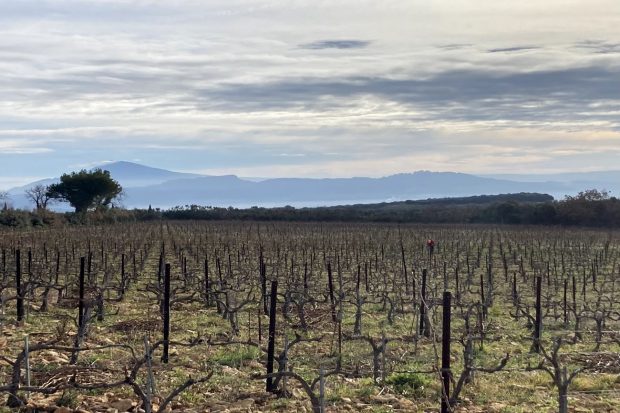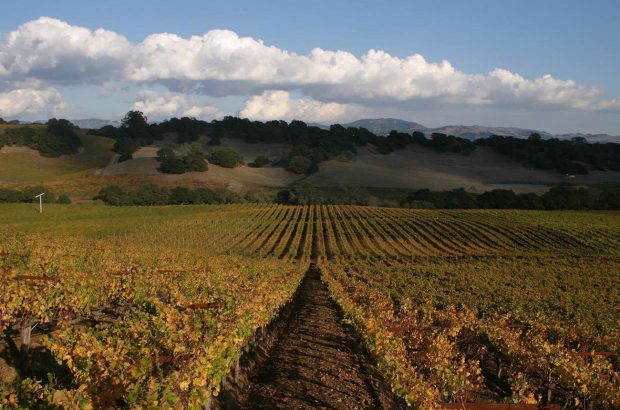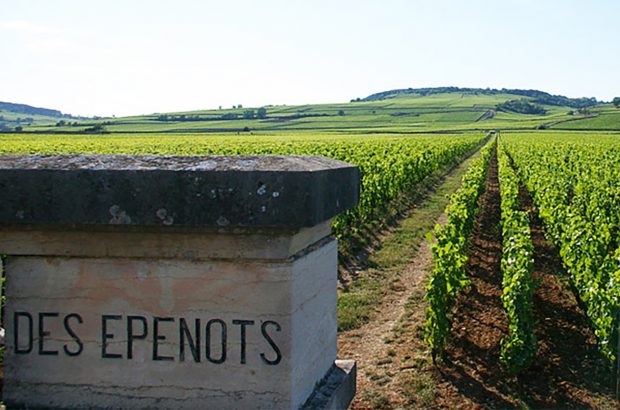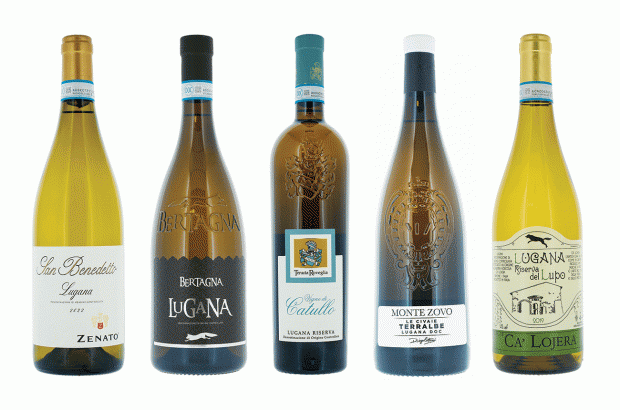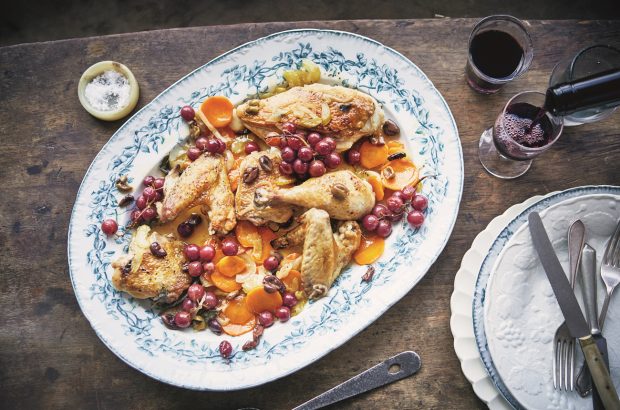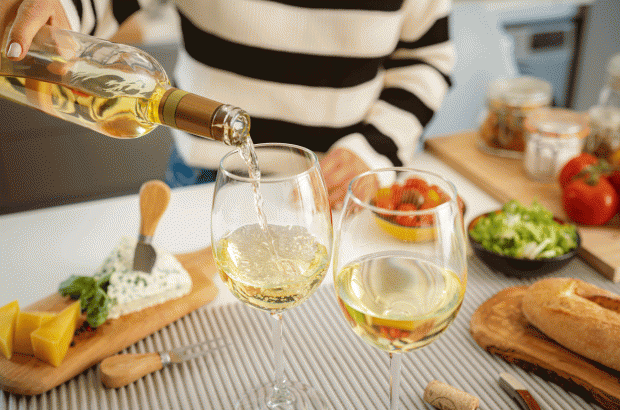Chilean wine development
The development of the Chilean wine industry over the last decade has been nothing short of spectacular. It had been 11 years since my last visit to this beautiful country and the transformation in cellar and vineyard was immediately apparent. An MW tasting a few months later, billed as a Chilean (and Argentinian) super-premium tasting, served to emphasise that progress. This concept would have been inconceivable 10 years ago, but now Chile is moving on from making simple fruit-driven wines to producing wines with far greater subtlety and complexity, which can, and indeed do, command super-premium prices.
Most apparent are the differences in the vineyards. In a nutshell, Chilean winemakers are now taking an interest in their vines, recognising that it is the vineyard that contributes first and foremost to quality. They are increasingly aware of microclimate and site selection, discussing the wind patterns of the various valleys that are forged by the rivers that come from the Andes.
Eduardo Chadwick of Errázuriz explained how the Aconcagua Valley is one of the few valleys that is not protected by the coastal range of mountains and is open to the cool winds that come from the ocean. These have a tempering effect on the summer sunshine, while winds from the Andes greatly reduce the night-time temperatures, again slowing ripening in a satisfactory way.
It is also incredible to realise that the Casablanca Valley, which today enjoys a good reputation for Chardonnay and Sauvignon, simply didn’t exist as a viticultural area ten years ago. The first Chardonnay vines were planted here as recently as the early 1990s, and yet there is virtually no free land left in the valley today. In the quest for new sites, it may be that Chile’s best vineyards have yet to be planted.
Eduardo Chadwick, however, believes that the broad guidelines are in place. As he explained, Chile is a long, thin country and only 220–250 kilometres wide at its very broadest. Too far north, there isn’t enough rain for feasible viticulture, and too far south there is too much. Essentially that leaves a band in the middle, with the Aconcagua, Maipo and Colchagua valleys providing the best sites for red wine, with Casablanca the most suitable for white. The wine producesrs need to increase their understanding of the details of each region, with much depending on the distance of a particular vineyard site from the ocean or the mountains.
Chile close up
Improvement in irrigation
The improvement in irrigation methods, with the shift from flood irrigation to drip irrigation in the more recently planted vineyards, has made a significant difference to site selection. Drip irrigation not only means that the water supply to each vine can be carefully regulated, but it also allows the extension of the vineyards up the valley slopes – before they remained firmly on the flat valley bottoms. Although Chile remains phylloxera free for now, far-sighted producers are aware of the possibility that despite the strict quarantine laws in place, the disease could inadvertently arrive with a vine cutting brought into the country.
Greater awareness
There is also a greater awareness of the contents of the vineyard. The obvious four grape varieties – Cabernet Sauvignon, Merlot, Chardonnay and Sauvignon – were established in the middle of the last century, but not without a certain amount of ampelographical confusion. It is only in the last decade that the distinction has been made between Sauvignon and Sauvignonasse, which is an inferior form of Sauvignon or Sauvignon Vert. Only recent plantings of Sauvignon separate the two, so that for the moment most Chilean Sauvignon is likely still to include a certain proportion of the Sauvignonasse grape.
Merlot and Carmenère
More intriguing in its potential is the distinction between Merlot and Carmenère. Again, all but the most recent plantings of Merlot contain a proportion of Carmenère, a grape variety which fell from favour in Bordeaux as it responded badly to grafting after the phylloxera crisis and does indeed remain very irregular in its yields. In the vineyard, it is very difficult to distinguish from Merlot. Its growing shoots have red tips, but otherwise its leaf shape is very similar and it was less than 10 years ago that ampelographers began to suggest that not all the Merlot in Chile was Merlot. Now that the distinction has been made, Merlot has improved and Carmenère is beginning to be appreciated for its own individuality. The key characteristic of Carmenère is its late ripening, so that it requires picking at least three weeks later than Merlot. Consequently, in a mixed vineyard you either have ripe and unripe grapes, or ripe and raisined grapes, neither of which make a satisfactory blend. Now that Carmenère is left to ripen fully, its own original flavours are coming into their own. Unripe, it is very herbaceous in character, while with ripe grapes it gives some appealing berry fruit and spicy tobacco notes. It could well provide the note of individuality and typicity that Chile needs – in answer to the Zinfandel of California or Malbec of Argentina – maybe blended with a small amount of Merlot or Cabernet Sauvignon and given a judicious amount of oak contact. Other grape varieties, such as Pinot Noir and Syrah, are also starting to make their mark and there are experiments with Sangiovese and Zinfandel. However, as the recent tasting illustrated, it is the Bordelais grape varieties that really provide the focus for the future.
Six world-famous Merlot wines
Wineries
Ten years ago the Chilean wine industry was dominated by a handful of large companies, with very little foreign investment. Today, in contrast, there is a growing number of small wineries, as well as numerous investors from elsewhere who are attracted to the country, not only by its stunning beauty, but also by the viticultural paradise of relatively easy growing conditions. Concha y Toro and Château Mouton Rothschild have a joint venture, Almaviva, with a maiden vintage in 1996. The new ultra-modern winery, designed by a young Chilean architect, was opened earlier this year. Casa Lapostolle, with its first vintage in 1994, is partly French-owned, and retains the roving Michel Rolland as its consultant, and French winemaker Michel Friou. William Fèvre from Chablis is another investor in what he calls the Switzerland of Latin America, for Chile is considered the most stable of the South American counties. North America is represented by Veramonte in the Casablanca Valley, while Caliterra is the result of a joint venture between Robert Mondavi and Errázuriz. As well as the changes in the vineyards, there have also been dramatic transformations in the cellar. These are not revolutionary but common to an industry that is advancing all over the world. Concrete vats have been replaced by steel ones that are linked to the latest in computer technology. The old rauli wood vats have gone and most people now have French and American oak barrels for ageing their better wines and fermenting their Chardonnay. Oak chips or, even better, interstaves, are used in stainless steel vats for wines that require some contact with oak but will not command the price commensurate with ageing in oak. As the super-premium tasting illustrated, there is a much greater understanding of the effect of oak. Chile’s great vocation is the production of appealingly ripe, fruity wines that are instantly accessible and affordable. What it needs to do now is to demonstrate its ability to make wines with staying power and a potential for longevity, for that is what will create its reputation as a producer of world-class wines. The most innovative and far-sighted producers are already addressing that challenge with an emphasis on wines that are Bordeaux blends, based mainly on Cabernet Sauvignon, and entailing Bordelais methods of vinification and ageing. They are showing, in their own individual way, the enormous potential of this long thin country.






